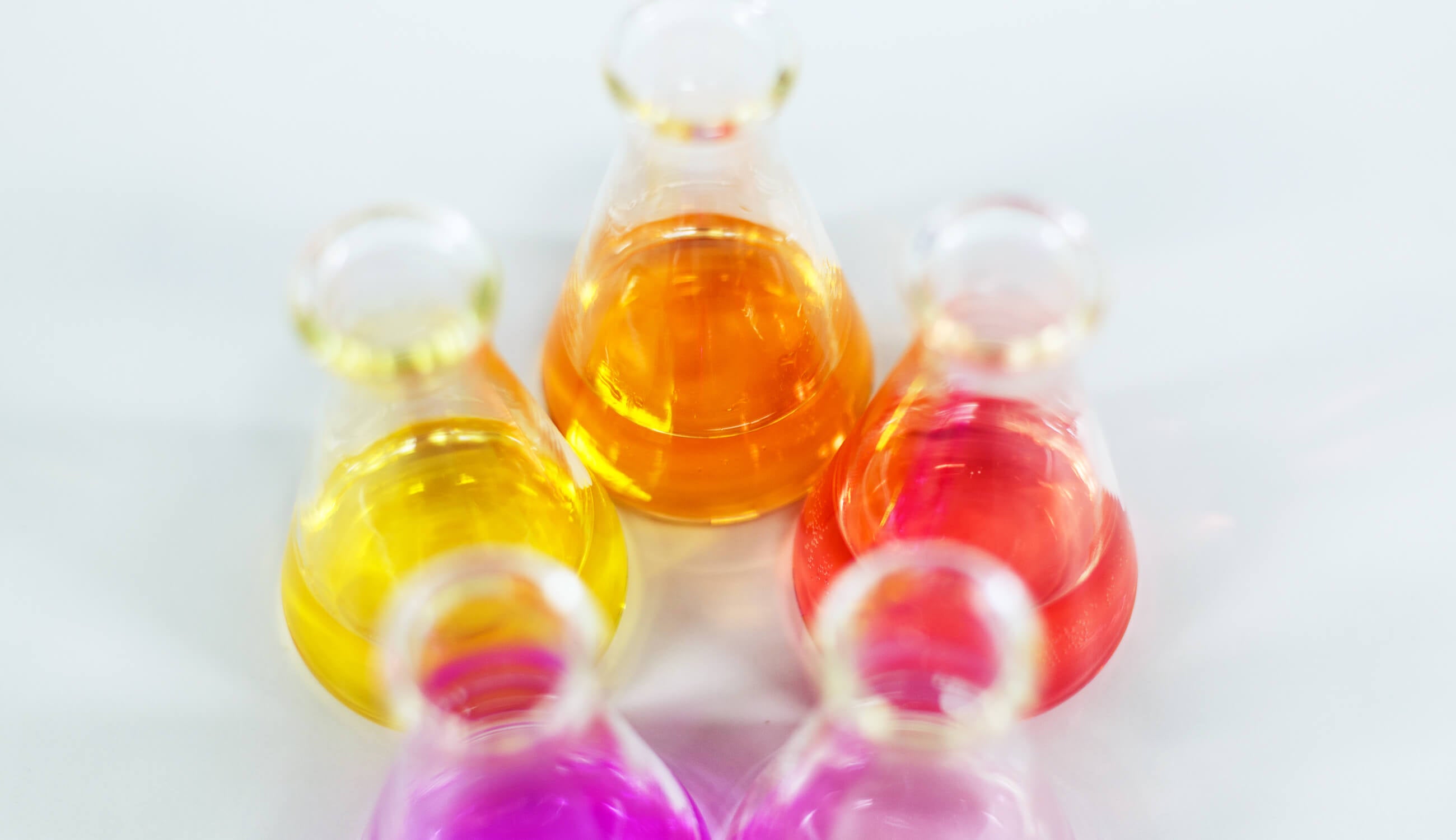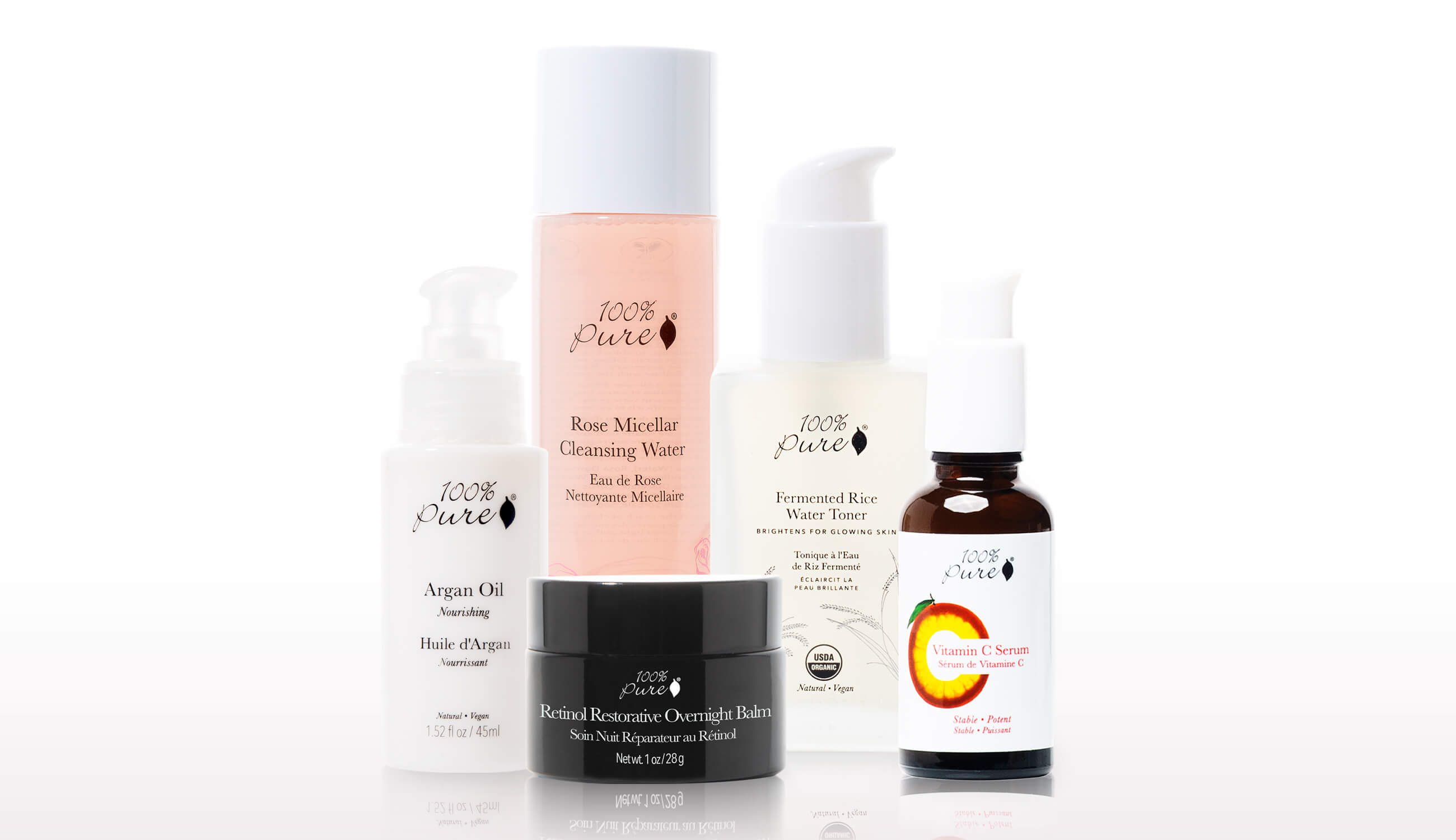As the largest organ in our body, our skin does more than hold muscles and bones in place. Our skin is constantly working to protect us from exposure to bacterial and environmental damage that we unknowingly face every day.
Part of this protection comes from our skin’s acid mantle, which lives on the surface of our skin. In this post, we dive deep into the skin’s acid mantle, finding out what it does and how to keep it balanced for happy, healthy skin.
What is the acid mantle?
While we can’t see or feel it, there is a hero with us all the time – and it’s called the acid mantle. Our skin’s acid mantle is a slightly acidic film that hangs on the skin’s surface, made up of a variety of elements including the skin’s natural oil, sweat and our own dead skin cells.
While it doesn’t exactly sound glamorous, this film is critical to our skin’s ability to fend off pollutants from the air and our environment, which can cause premature signs of aging, dullness, breakouts, and a host of other negative effects.
The acid mantle acts as a hero because it helps maintain and protect what we need in the skin, such as oil and moisture, while keeping out bad environmental aggressors. It is responsible for all the breakouts we avoid, the youth we (barely) keep and the hydrated, glowing skin. However, when the mantle malfunctions… let’s just say our skin definitely pays the price.

Signs that your skin’s pH is low
Typically, our skin’s pH floats between 3-5, with an average of about 4.7 in the healthy zone. Like, for example, the temperature of the ocean, even the smallest changes in the pH of our skin can have dramatic effects.
The pH of the skin can be lowered with something as simple as a moisturizer or cleanser with a very alkaline or very basic pH. While our skin works to balance it, we are exposed to bacteria that can cause acne, irritation and damage.
One way to notice if your normally healthy skin is experiencing a pH imbalance is when nothing has changed in your routine, but you suddenly experience irritation and/or breakouts. This could be due to diet, stress, hormones, not washing your pillowcase – or it could be due to a disrupted acid mantle.
A significant loss of moisture or hydration is often the result of unbalanced skin pH, and random skin sensitivity—especially in response to a new skin care product—should not be ignored. While our skin’s behavior tends to be subtle, being in tune with your skin and being aware of these signs can help you take effective actions to achieve healthy skin.

How to maintain a healthy acid mantle
Our acid mantle needs support to stay in the ideal pH range for overall healthy skin. However, certain lifestyle habits and skin care mistakes can disrupt a healthy pH. Here’s the foolproof cheat sheet on how to maintain basic mantle functions.
Include a toner
One of the amazing benefits of toner is that it works to hit the reset button on your skin’s pH. Toners shouldn’t replace your cleanser or makeup remover, but they’re a perfect pH-boosting step before you apply your other skin care. As we move into the colder months, having a healthy skin coat and keeping our skin’s pH balanced is more important than ever.
The vegan and alcohol-free Restorative Sea Culture Hydrating Toner incorporates one of nature’s best anti-inflammatory ingredients: witch hazel. Super hydrating ingredients like chia seed water and hyaluronic acid promote gentle, soothing hydration.
Take it easy, but no very easy
Our skin is designed to primarily take care of itself, with built-in cycles of dead skin exfoliation and sebum hydration. But with overcrowded skincare routines and daily exposure to environmental pollution, it’s important to use products that work with our skin, not against it. Try to approach skin care with a more “essential” point of view: switch to soothing or natural products, use cooler temperatures when cleansing, and avoid harsh textures to begin with.
In the cosmetics industry, cleansers are labeled as one of the most non-compliant products when it comes to skin-friendly pH. In this case, we turn to natural, soothing cleansers that won’t strip the skin too much. Blood Orange Cleansing Balm is rich in vitamin C, citrus fruits and fatty acid-rich avocado oil. Soothing with rich olive and coconut oils, this cleanser won’t be harsh or strip skin and leaves you with plenty of hydration to maintain your mantle.
Give it ALL the hydration
Since dehydration and loss of moisture are side effects of an unbalanced mantle, one of the ways to maintain healthy skin is to use effective moisturizing products. Look for ingredients like rose water or rosehip seed oil, aloe vera, chia seed gel, and hyaluronic acid. These will plump, hydrate and smooth skin for greater hydration throughout the day.
Some more important tips for maintaining your acid mantle:
Add a serum or sheet mask to your routine to support more hydration, especially since most of us are upgrading our winter skincare routine.
Adding a vitamin C serum to your routine will not only support your acid mantle, but it’s one of the most rejuvenating vitamins out there. It brightens skin, can help fade age spots and dark spots, and supports collagen for smoother, firmer skin.
If a sheet mask sounds more up your alley and you’re experiencing some side effects from a possible disturbed mantle, try our anti-acne mask. Aloe, hyaluronic acid and willow bark extract provide soothing hydration while neutralizing acne-causing bacteria for balanced, clearer skin.
Frequently asked questions about acid mantle care
How can I tell if my skin’s pH balance or acid mantle is out of whack?
Signs that your skin’s pH balance or acid mantle has been disrupted include: excessive dryness or flaking, redness, irritation, itching, increased oiliness, acne breakouts, visible signs of inflammation, sensitivity to environmental factors such as wind or cold, and a feeling tight or uncomfortable after cleansing. Essentially, any noticeable change in your skin’s texture or behavior that seems unusual, such as sudden dryness or excessive oiliness, can indicate an unbalanced pH level.
What are the common causes of acid mantle imbalance in the skin?
Common causes of acid mantle imbalance in the skin include: use of harsh soaps and cleansers (especially alkaline), over-cleansing, over-exfoliation, sun exposure, environmental pollutants, extreme weather, aging, certain medications and use of harsh skin care products chemicals or fragrances, which can disrupt the skin’s natural pH balance by stripping essential oils.
What skin care ingredients support a healthy acid mantle?
Moisturizers and emollients: These ingredients help restore and maintain the skin barrier. Examples include ceramides, glycerin, hyaluronic acid, petroleum jelly, shea butter, and colloidal oatmeal.
Vegetable oils: These oils mimic the skin’s natural oils and can help replenish lost lipids. Examples include jojoba, argan, rosehip, marula and almond oils.
Probiotics: These can help restore the skin barrier and replenish lost moisture.
Ingredients with balanced pH: Skincare products with a pH that falls within the normal range of healthy skin (pH 4–7) can help maintain the optimal environment for the acid mantle.
How does hydration help restore the skin’s acid mantle?
Hydration helps restore the skin’s acid mantle by replenishing the moisture content within the hydrolipidic film, which is the main component of the acid mantle, allowing it to maintain its slightly acidic pH level and effectively protect the skin from irritants while retains moisture. essentially, when your skin is properly hydrated, the natural balance of oils and water within the acid mantle is restored, optimizing its barrier function.
What role does toner play in balancing skin pH?
A toner plays a key role in balancing the skin’s pH by returning it to a slightly acidic level after cleansing, which can often leave the skin slightly alkaline, thus helping to maintain the skin’s natural acid mantle and function optimally for healthy skin .
How often should I use products to support my skin’s acid mantle?
To support your skin’s acid mantle, you should use products designed to maintain pH balance every day as part of your regular skin care routine. This usually means cleansing and moisturizing twice a day, with gentle exfoliation limited to once or twice a week depending on your skin type.
